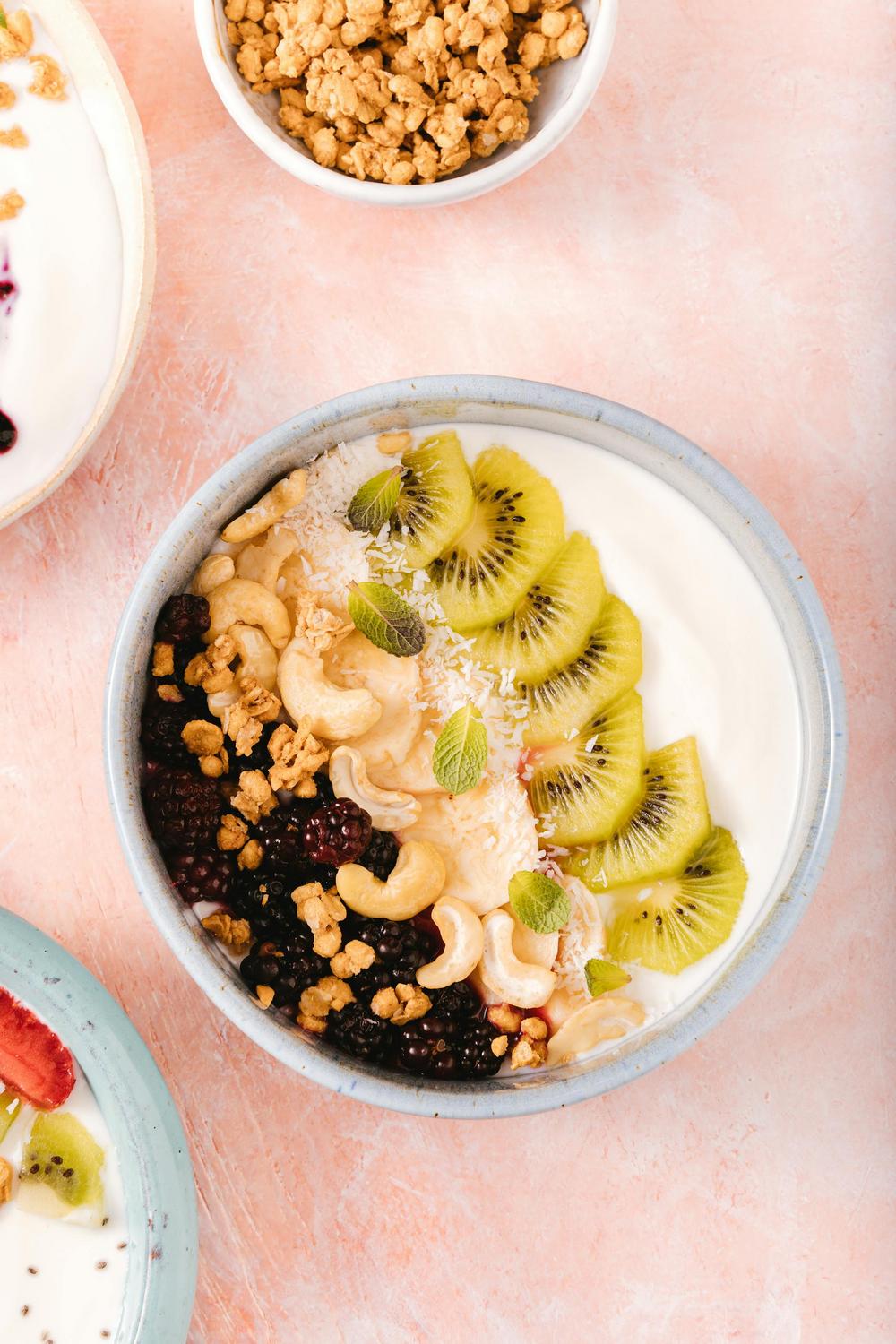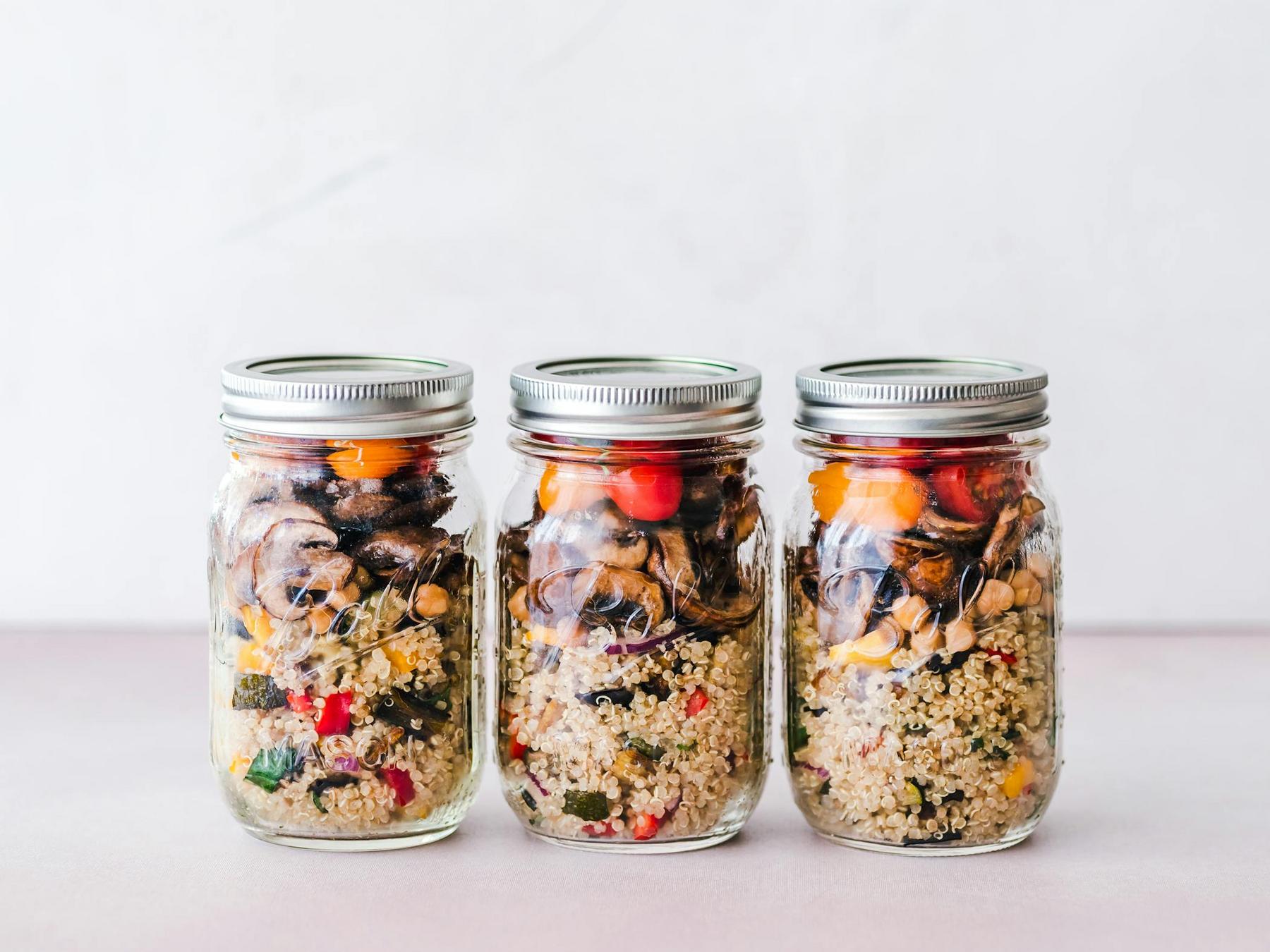The clatter of cutlery against plates, the warm hum of conversation, and the tantalising aroma of shared meals—social gatherings centred around food—represent some of life’s most cherished moments. Yet for many Australians managing their weight, these very occasions can feel like navigating a minefield of temptation and social pressure. Research reveals a startling reality: people consume an average of 212 kilocalories more per day when eating with others compared to dining alone. This statistic illuminates why so many individuals struggle to maintain their health goals whilst participating in the social fabric of daily life.
The challenge extends beyond simple willpower or self-control. Social eating triggers complex psychological and physiological responses that can override our best intentions. The presence of others naturally extends meal duration, reduces eating restraints, and creates an environment where overconsumption becomes almost inevitable. Yet understanding these mechanisms provides the foundation for developing effective strategies that allow full participation in social experiences whilst maintaining alignment with personal health objectives.
This evidence-based approach to social eating acknowledges that complete avoidance of food-centred gatherings is neither realistic nor desirable for most people. Instead, successful navigation of these situations requires strategic planning, mindful practices, and the cultivation of supportive social networks that enhance rather than undermine healthy lifestyle choices.
How Can Strategic Planning Transform Your Social Eating Experience?
Effective preparation serves as the cornerstone of successful social eating, beginning hours before arrival at any gathering. The common misconception that “saving appetite” for events will help control overall intake actually backfires spectacularly. Arriving hungry significantly increases the likelihood of poor food choices and overconsumption, as physiological hunger drives impulsive decision-making and reduces the effectiveness of portion control strategies.
Research-backed preparation involves consuming a balanced meal containing protein, healthy fats, and fibre within 2-3 hours before social events. This nutritional foundation stabilises blood sugar levels, provides satiety signals that make portion control easier, and reduces psychological pressure to overeat at gatherings. The meal should provide genuine satisfaction whilst leaving room for social participation in eating activities.
Pre-event goal setting creates a framework for decision-making that supports health objectives whilst allowing enjoyable participation. Studies from weight management programmes emphasise the importance of remembering underlying motivations—whether feeling better physically, reaching fitness milestones, or supporting overall mental health. These deeper motivations serve as anchors during moments when social pressures might otherwise derail progress.
Practical goal setting involves creating specific, measurable plans such as “I will have one small dessert and focus on protein and vegetables” or “I will limit myself to two alcoholic beverages and alternate with water.” These predetermined boundaries provide clear guidelines that reduce decision fatigue whilst maintaining social flexibility.
When social gatherings involve potluck-style contributions, bringing a healthy dish serves dual purposes: ensuring access to nutritious options and potentially introducing others to appealing healthy foods. This strategy guarantees at least one menu item aligns with personal health goals whilst avoiding appearing restrictive or antisocial.
What Are the Most Effective Portion Control Techniques for Social Settings?
Understanding proper portion sizes represents a fundamental skill for managing intake at social events, yet most people significantly underestimate appropriate serving quantities. The hand measurement system offers a practical, always-available tool that works effectively without requiring obvious measuring behaviours in social settings.
| Food Category | Portion Size Guide | Visual Reference |
|---|---|---|
| Starchy Carbohydrates | Palm-sized portion | Rice, pasta, bread |
| Lean Proteins | Palm-sized or deck of cards | Chicken, fish, lean meat |
| Healthy Fats | Thumb-sized portion | Nuts, avocado, oils |
| Non-starchy Vegetables | Fill half the plate | Unlimited variety encouraged |
Mindful eating practices in social environments require adapted techniques that account for distractions and group dynamics. Effective social mindful eating begins with surveying available food options before making selections rather than immediately filling a plate with whatever appears first. This brief pause allows for conscious decision-making about which foods align best with health goals. Choosing three to five favourite items rather than sampling everything available helps focus attention and enhances enjoyment of selected foods.
Pacing strategies become particularly important in social settings where meals may extend for hours. Techniques include taking smaller initial portions with options to return for more if genuinely hungry, putting utensils down between bites to slow consumption, and engaging actively in conversation to create natural eating breaks. The 20-minute rule—waiting approximately 20 minutes after finishing a portion before deciding whether to eat more—accommodates the delay between consumption and satiety signals.
Buffet-style events present unique challenges due to unlimited food availability and variety’s appetite-stimulating effects. Effective buffet navigation treats the spread as a menu rather than a challenge to sample everything available. Using smaller plates when possible naturally limits portion sizes, as identical food amounts appear more substantial on smaller surfaces, leading to greater psychological satisfaction.
How Should You Manage Alcohol Consumption During Social Gatherings?
Alcohol presents multifaceted challenges for weight management that extend beyond simple caloric considerations. Each gram of alcohol contains approximately 29 kilojoules, making it nearly as energy-dense as dietary fat whilst providing no essential nutrients. This “empty calorie” contribution often supplements rather than replaces other dietary intake, creating positive energy balance that promotes weight gain over time.
| Alcoholic Beverage | Typical Serving | Approximate Calories | Carbohydrates |
|---|---|---|---|
| Wine (red/white) | 5 oz (150ml) | 120 calories | 4 grams |
| Light beer | 12 oz (355ml) | 20-30% fewer than regular | Varies |
| Regular beer | 12 oz (355ml) | 150+ calories | 10-15 grams |
| Mixed drinks | Varies significantly | Depends on mixers | Highly variable |
Beyond direct caloric contribution, alcohol affects weight management through physiological mechanisms that undermine healthy eating behaviours. Alcohol consumption temporarily halts fat oxidation as the body prioritises metabolising alcohol, effectively putting fat burning on hold during and after drinking. This metabolic shift can persist for hours, depending on quantity consumed and individual factors.
Alcohol’s influence on appetite regulation represents another significant concern for social dining. Research demonstrates that alcohol increases appetite and reduces inhibitions around food choices, leading to overconsumption of both alcohol and food. The combination of impaired judgment and increased appetite creates particularly challenging environments for maintaining portion control.
For individuals choosing to include alcohol in social experiences, moderation strategies can minimise negative impacts whilst maintaining social participation. Pre-determining alcohol limits before attending events provides clear boundaries that prevent overconsumption during situations where social pressure might otherwise lead to excessive drinking.
The alternating strategy—following each alcoholic beverage with water or non-alcoholic drinks—serves multiple purposes. This approach maintains hydration, slows overall alcohol consumption, and provides additional fluid volume that enhances satiety signals. Non-alcoholic beverages can be enhanced with lime, lemon, or cucumber to maintain the social aspect of holding a drink whilst controlling alcohol intake.
When alcohol consumption is planned, selecting lower-calorie options significantly reduces overall energy impact. Wine generally contains fewer calories and carbohydrates compared to beer or mixed drinks. Light beer varieties contain 20-30% fewer calories than regular formulations whilst maintaining similar alcohol content, making them relatively efficient choices for social participation.
How Can You Navigate Restaurant Dining Without Derailing Your Health Goals?
Restaurant dining presents unique challenges with oversized portions, limited nutritional information, and social dynamics around ordering and sharing. Strategic restaurant selection and menu planning can significantly influence success in maintaining healthy eating goals during social dining experiences.
Reviewing menus online before arrival allows informed decision-making without immediate social pressure. This preparation enables identification of healthier options and consideration of how restaurant choices fit into overall daily nutrition goals. Many restaurants now provide nutritional information online, though this varies significantly between establishments.
Effective restaurant ordering combines assertiveness about personal needs with social sensitivity. The “no BOSS” approach—requesting meals prepared without butter, oil, salt, and sugar when possible—allows greater control over calorie and sodium content whilst participating fully in social dining experiences.
Research indicates that average entrees from non-chain restaurants contain approximately 1,300 calories, including dishes from various international cuisines. This finding underscores the importance of portion control strategies, such as requesting half portions, sharing entrees, or immediately boxing oversized portions to manage intake whilst avoiding food waste.
Restaurant appetisers present both opportunities and challenges. Many appetisers are fried or served with high-calorie dips, making them calorie-dense starters that can exceed appropriate intake before main courses arrive. Healthier alternatives include salads with dressing on the side, vegetable-based soups, or grilled protein options that provide nutrients and satiety without excessive calories.
The increasing prevalence of takeout and delivery dining requires adapted strategies for maintaining health goals during group food ordering or family meal sharing. Strategic takeout ordering involves choosing restaurants with healthier default options and implementing the “save half for later” strategy, as oversized portions can be immediately divided upon arrival.
What Role Do Supportive Social Networks Play in Long-Term Success?
Social network composition significantly influences long-term weight management success, making the cultivation of health-conscious relationships a strategic investment in personal wellness goals. Research demonstrates that individuals surrounded by friends and family members prioritising healthy behaviours are more likely to maintain their own health-supportive practices over time.
Studies tracking employed adults over 24 months found that friend support for healthy eating, coworker support for healthy eating, and family support for physical activity were all associated with significant weight reduction. Conversely, family social undermining for healthy eating was linked to weight gain, highlighting the double-edged nature of social influences on health behaviours.
The workplace emerges as an underutilised source of health-supportive relationships. Coworker support for healthy eating demonstrates measurable benefits for weight management, indicating that professional relationships can provide valuable support for navigating work-related social events and business dining situations.
Not all social relationships naturally support individual health goals, and managing potentially undermining influences requires diplomatic strategies that preserve important relationships whilst protecting personal progress. Understanding motivations behind unsupportive behaviours—whether concern, habit, or personal insecurities—enables more compassionate responses that address concerns whilst maintaining boundaries around health decisions.
Effective accountability systems harness positive relationship power to support consistent healthy behaviours over time. Formal accountability partnerships with friends or family members sharing similar health goals can provide mutual support and motivation. These partnerships might involve regular check-ins about goals and challenges, shared meal planning activities, or coordinated attendance at social events where mutual support helps navigate challenging food environments.
Diversifying social activities beyond food-centred events reduces reliance on eating and drinking as primary sources of social connection whilst creating opportunities for health-promoting shared experiences. Active social alternatives include hiking, walking groups, recreational sports, or outdoor activities that combine social interaction with physical movement.
Moving Forward: Integrating Social Eating Skills Into Daily Life
Successfully socialising without overindulging requires recognising that social eating represents a normal, enjoyable aspect of human experience whilst providing concrete tools for managing the challenges these situations present. The evidence demonstrates that sustainable success comes not from avoiding social situations or implementing rigid restrictions, but from developing flexible skills adaptable to various contexts whilst maintaining consistency with personal health objectives.
The foundation lies in preparation and intentionality. Research consistently shows that predetermined goals, adequate pre-event nutrition, and clear management strategies dramatically improve outcomes. These proactive approaches enable full social participation whilst maintaining health alignment—the key insight being that successful weight management requires integrating healthy behaviours into normal social life rather than creating artificial separation.
Portion control emerges as a learnable skill through practice and awareness. Understanding appropriate serving sizes, utilising measurement techniques, and implementing mindful practices in group settings provides practical tools for managing intake without sacrificing engagement. The scientific support for strategies like smaller plates, initial smaller portions, and waiting between servings offers immediately implementable approaches.
Professional support through healthcare providers or health coaches can provide valuable guidance for navigating complex social eating situations whilst maintaining progress. The growing availability of telehealth weight management services makes expert guidance, accountability, and support more accessible for individuals facing challenging social environments.
The research emphasises that different types of social support measurably affect weight management outcomes over time. Strategic relationship building and careful management of social influences should be considered essential components of comprehensive approaches rather than optional additions to traditional interventions.
Looking toward practical implementation, sustainable success requires gradual skill development across multiple domains rather than perfect execution immediately. Building competence in preparation, developing comfort with portion control, practicing assertive communication, and expanding health-supportive social networks creates cumulative benefits supporting long-term success.
Skip the struggles. Our patients achieve <20.2% weight reduction with medical weight loss treatments delivered straight to their door. No clinics. No waiting. Just results. See if you’re eligible for our medical weight loss treatments – take our quiz.
How can I handle pressure from family or friends who encourage me to eat more at social gatherings?
Research shows that family social undermining of healthy eating significantly predicts weight gain. Effective strategies include setting clear, consistent boundaries while emphasising the positive benefits of your healthy eating habits. For example, stating ‘I feel so much better when I eat this way’ can help shift the focus to your personal wellbeing. In tougher situations, consider eating before the event, contributing a healthy dish, or limiting exposure to overly pressurising environments.
What should I do if I’ve overindulged at a social event?
The key is to return to your normal healthy eating patterns immediately rather than trying to compensate with restrictive measures, which can lead to a cycle of overindulgence followed by deprivation. Focus on the next meal as an opportunity to resume your usual healthy choices, stay hydrated, and, if it feels right, add a bit of extra physical activity for balance.
Are there strategies for managing social eating during holidays or special celebrations?
Holiday and celebration periods can intensify social eating challenges. The same fundamental principles apply: maintain regular meal timing, avoid ‘saving’ calories for special occasions, and consider contributing healthy dishes. Reviewing menus ahead of time and discussing your plans with supportive friends or family members can also provide the accountability and encouragement needed to navigate these events successfully.
How can I enjoy social drinking whilst managing my weight goals?
Alcohol provides empty calories and can trigger increased appetite and reduced dietary inhibitions. To manage this, set clear limits before attending events, alternate alcoholic beverages with water or non-alcoholic drinks, and opt for lower-calorie choices such as wine or light beer. These strategies help maintain hydration and support satiety, reducing the overall impact of alcohol on your weight management goals.
What if my social circle doesn’t support my healthy eating goals?
Social network composition plays a crucial role in long-term weight management. If your current social circle isn’t supportive, consider gradually expanding your network through health-focused activities like fitness groups, cooking classes, or wellness programs. For existing relationships, communicate your goals with positivity and focus on mutually beneficial activities, which can help foster an environment of support and understanding.



